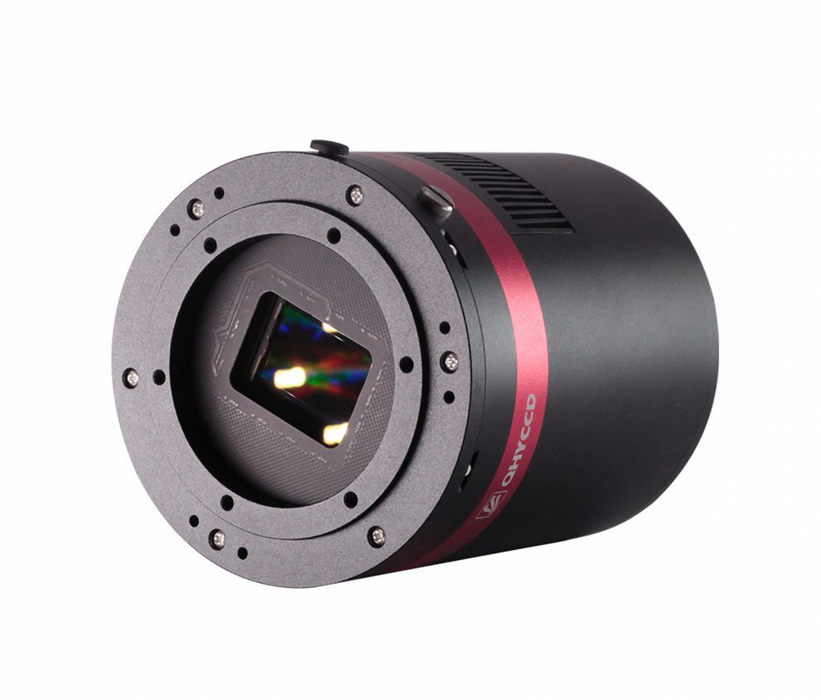
 Out of Stock:
Out of Stock:
This product will not ship immediately. Contact us for estimated delivery.

 Out of Stock:
Out of Stock:
This product will not ship immediately. Contact us for estimated delivery.
With the advantage of low readout noise and high-speed readout, CMOS technology has revolutionized astronomical imaging. A monochrome, back-illuminated, high-sensitivity, astronomical imaging camera is the ideal choice for astro-imagers.
The QHY268M/C is a new generation of back-illuminated CMOS cameras with true 16-bit A/D and 3.76um pixels. This new Sony sensor is an ideal CMOS sensor exhibiting no amplifer glow. 16-bit A/D gives high resolution sampling of the whole full well range. Digitizing 0-65535 levels yields a smooth image with continuous gradation of greyscale levels. The QHY268M/C is a cooled, back-illuminated, CMOS camera based on the Sony IMX571 sensor with native 16-bit A/D and 3.76um pixels.
1GB DDR3 image buffer
In order to provide smooth uninterrupted data transfer of the entire 26MP sensor at high speed, the QHY268 has 1GB DDR3 image buffer. The pixel count of the latest generation of CMOS sensors is very high resulting in greater memory requirements for temporary and permanent storage. The QHY268 has adopted a large-capacity memory of up to 1GB. Data throughput is doubled. This large image buffer meets the needs of high-speed image acquisition and transmission of the new generation of CMOS, making shooting of multiple frames smoother and less stuttered, further reducing the pressure on the computer CPU.
In order to provide smooth uninterrupted data transfer of the entire 26MP sensor at high speed, the QHY268 has 1GB DDR3 image buffer. The pixel count of the latest generation of CMOS sensors is very high resulting in greater memory requirements for temporary and permanent storage. The QHY268 has adopted a large-capacity memory of up to 1GB. Data throughput is doubled. This large image buffer meets the needs of high-speed image acquisition and transmission of the new generation of CMOS, making shooting of multiple frames smoother and less stuttered, further reducing the pressure on the computer CPU.
Internal Humidity Sensor
QHY268M has a unique internal humidity sensor (while QHY268C doesn’t). The Blue curve shown below represents humidity.
Cooling: In addition to dual stage TE cooling, QHYCCD implements proprietary technology in hardware to control the dark current noise.